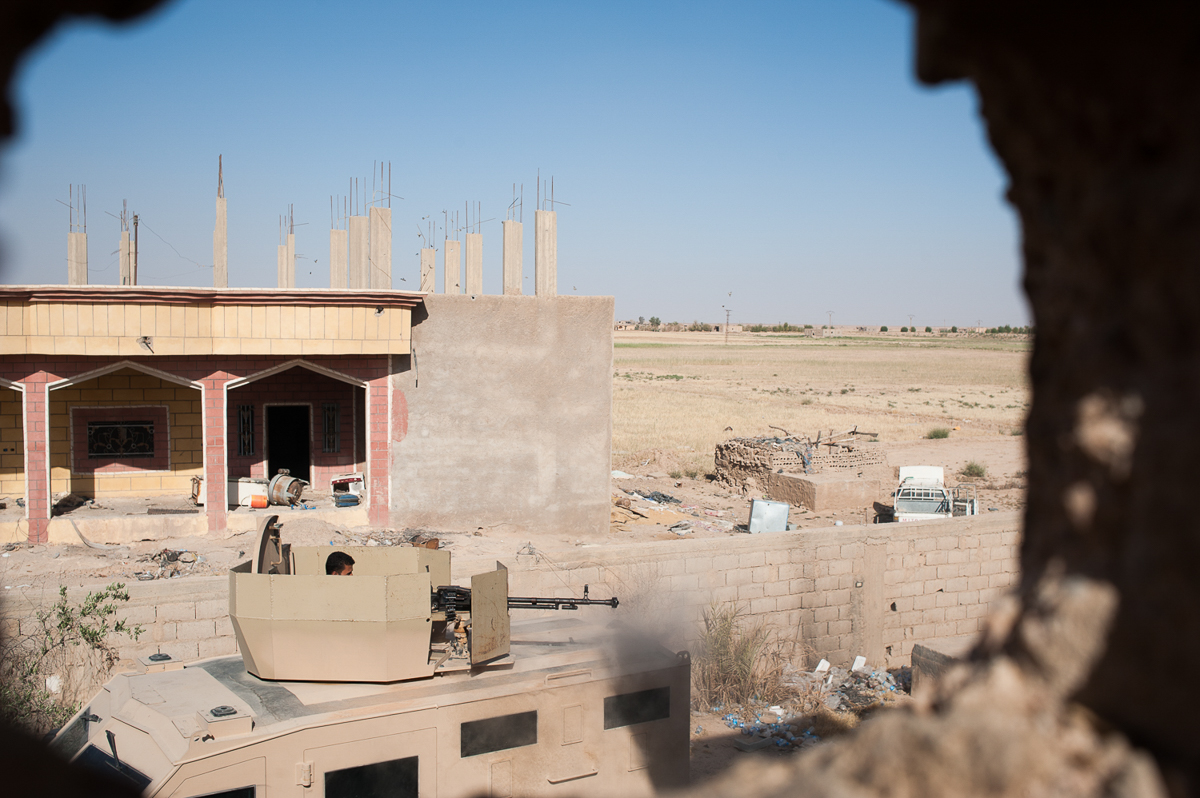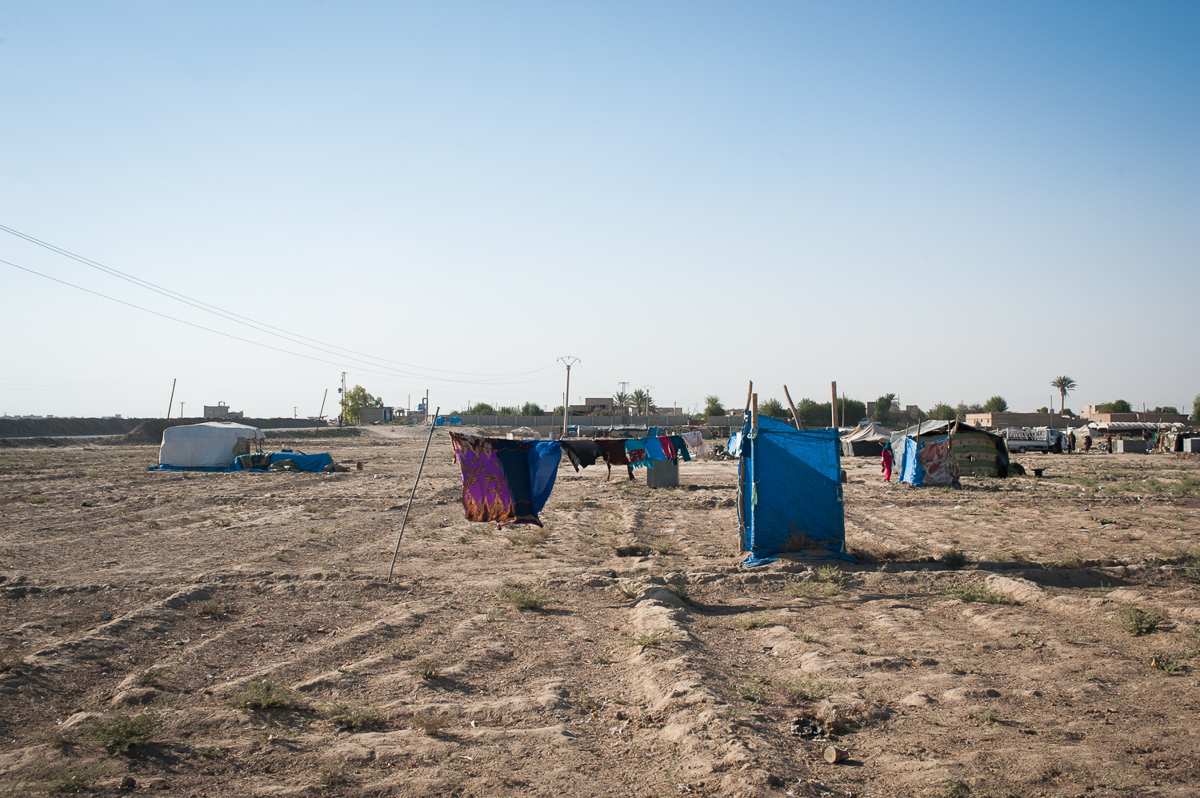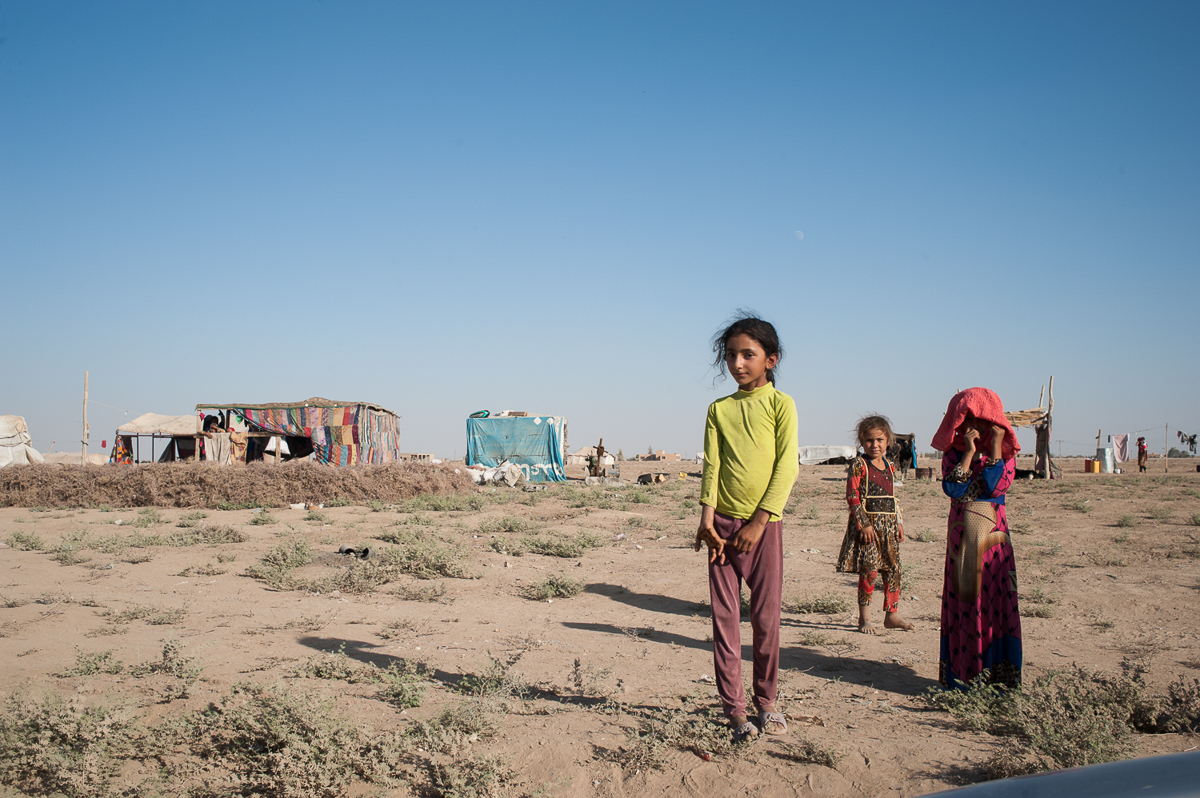by LINDA DORIGO
 According to some locals and soldiers, Abu Bakr al-Baghdadi could be there, but the leader of ISIL could have fled before the siege of Hajin and found shelter along with some loyalists in the desert near Iraq PHOTO/Linda Dorigo/Al Jazeera
According to some locals and soldiers, Abu Bakr al-Baghdadi could be there, but the leader of ISIL could have fled before the siege of Hajin and found shelter along with some loyalists in the desert near Iraq PHOTO/Linda Dorigo/Al Jazeera
Pockets of ISIL fighters continue to place mines and IEDs in Deir Az Zor province, and civilians are paying the price.
A military operation by a United States-backed Kurdish coalition against the last pockets of the Islamic State of Iraq and the Levant (ISIL), also known as ISIS, in northeast Syria seems far from ending soon.
The ISIL is successfully absorbing the attacks of the Syrian Democratic Forces (SDF), an alliance of Kurdish as well as Arab and Assyrian militias.
Since the start of the SDF offensive in the northeastern province of Deir Az Zor on May 10, ISIL fighters have been blending in with the civilian population, making identifying the group’s members difficult, according to an SDF commander.
Despite the fact that ISIL seems doomed militarily, it has powerful sleeper cells who help it to forestall the coalition movements by strewing mines everywhere; in trees, on roads, in fridges, inside toys, and under blankets.
Civilians in the area are paying the highest price. There are more than 255,000 Internally Displaced People (IDP) from Deir Az Zor city, living outside the area, under control of the Syrian army.
According to the United Nations, 800,000 civilians have returned to their villages in 2017, risking their lives because of mines and IEDs, while others choose to stay in makeshift homes, often with no food, medical care and humanitarian assistance.
The Doctors Without Borders’ hospital in Kurdish-controlled al-Hasaka, 185km north of Deir Az Zor, receives an average of one patient per day with injuries caused by landmines and IEDs. Most of the injured come from Deir Az Zor and more than half are children.
 Nearly 200 families live in the camp of Bahara in Deir Az Zor, where hygiene conditions are very poor; the blue curtain (pictured) shields a communal toilet PHOTO/Linda Dorigo/Al Jazeera
Nearly 200 families live in the camp of Bahara in Deir Az Zor, where hygiene conditions are very poor; the blue curtain (pictured) shields a communal toilet PHOTO/Linda Dorigo/Al Jazeera
 Children in the makeshift camp of Bahara; the lack of humanitarian aid has repercussions on the food availability; the diet of Internally Displaced People (IDP) is lacking the nutrients necessary for daily needs and for the growth of children PHOTO/Linda Dorigo/Al Jazeera
Children in the makeshift camp of Bahara; the lack of humanitarian aid has repercussions on the food availability; the diet of Internally Displaced People (IDP) is lacking the nutrients necessary for daily needs and for the growth of children PHOTO/Linda Dorigo/Al Jazeera
Al Jazeera for more